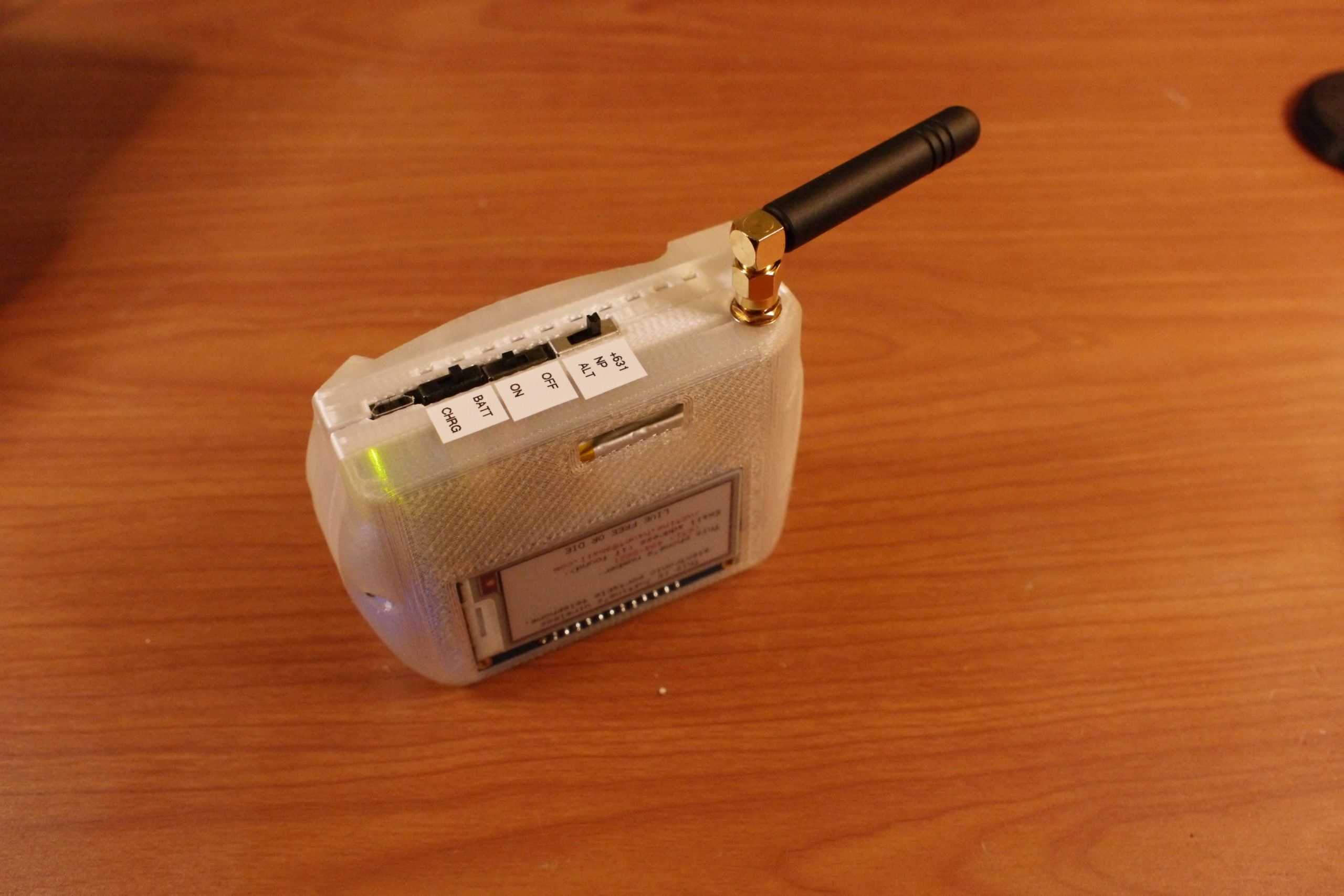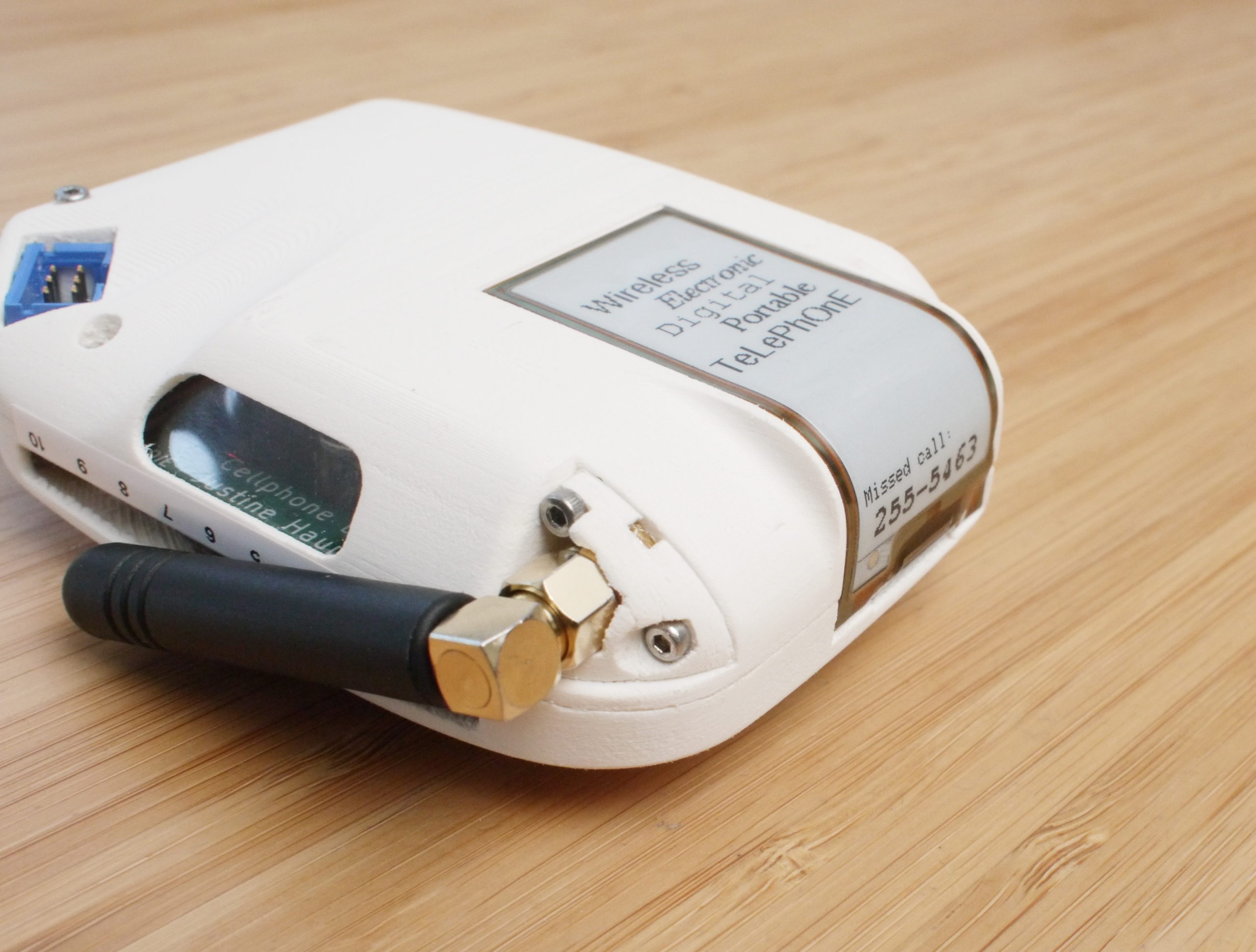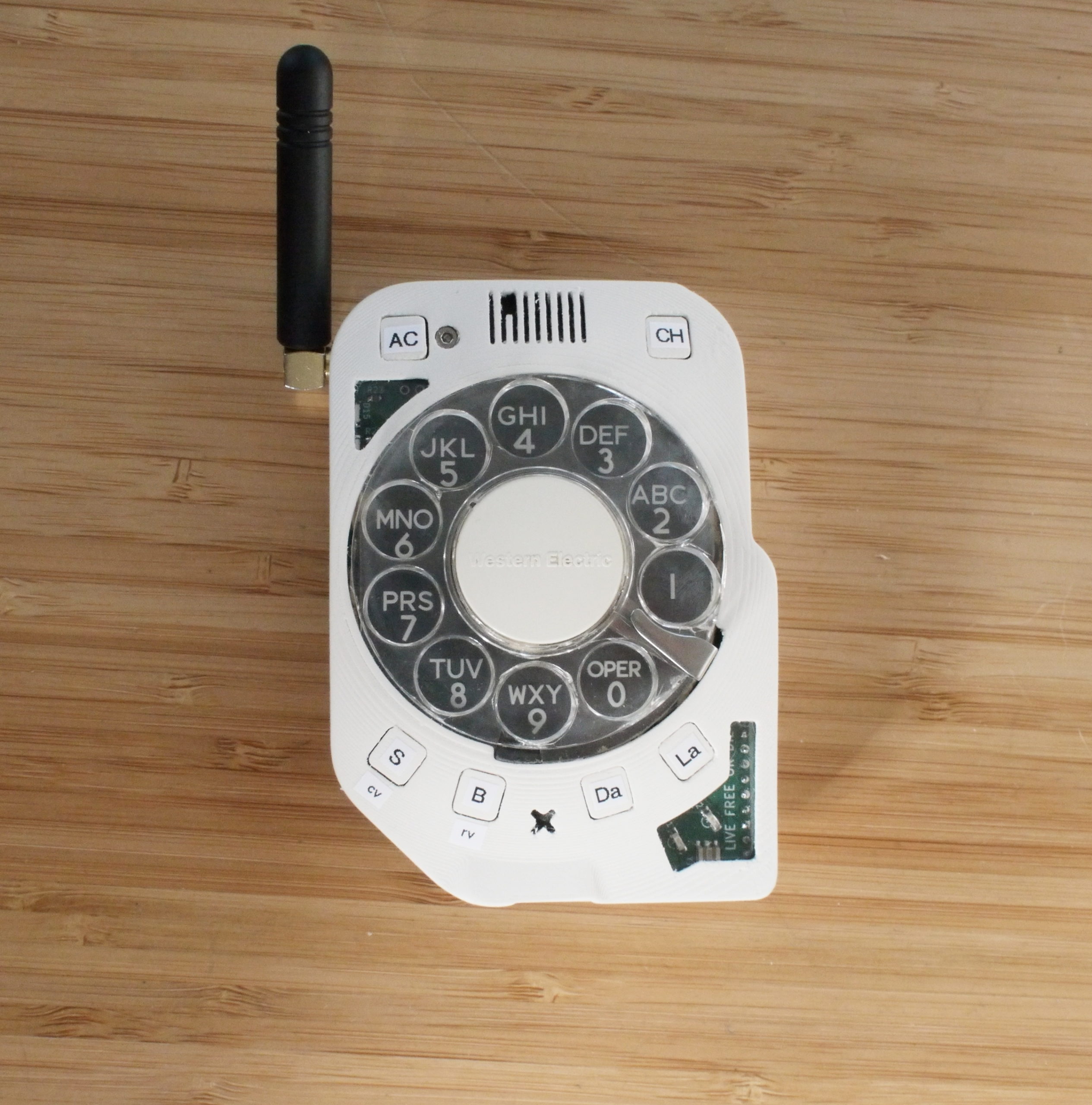
With more than a decade of touch-screen smartphone dominance, it’s hard to overstate the myriad ways these pocket computers have come to dominate our lives. And computers they very much are — the “phone” aspect of a smartphone has been relegated to a low spot on the list of functions for which we use these devices. Think about it; between Facetime, Wechat, Whatsapp, iMessage, and other in-app DMs, we seem to prefer any other communication service over an old fashion telephone conversation. We’re addicted to social media. We rely on Google maps to get us home. We watch YouTube, Netflix, and everything else on the tiny screens. We just can’t put these things down — except for when it comes to dialing up someone to talk.
That, however, is not the case with Justine Haupt, a space scientist at the Brookhaven National Laboratory, who is admittedly anti-smartphone. She yearned for a tactile phone experience so traditional that she had to build it herself to make it real.
We’ve seen DIY cellphones before, and even included the Dieselpunk Smartphone in Make: Vol. 56 (which you can access as a member in our digital archives). But Haupt’s design takes all those to the next level by combining the look of a sleek sci-fi prop with the decidedly retro aspect of the twist-click-twist rotary phone. It’s a rotary cellphone. And yeah, it works.
Being a technology creator (making experimental hardware for astronomy and cosmology is her job), Haupt’s phone still brings a lot of technology to the table, including one-push buttons to speed-dial her husband, and a curved ePaper screen that shows key information from a top-down glance and additional information when viewed from the side.
Haupt spent the past three years working on the project, prototyping everything initially with an Arduino Micro, then creating a custom board layout in KiCad for the electronics. The current design, which she calls the v3, incorporates an ATmega2560V (programmed in the Arduino IDE as a Mega2560) and an Adafruit Fona 3G. She purchased the key part, the Trimline phone rotary dial, on eBay for $20. The enclosure is fully 3D printed as well.




A few highlights from her website:
- Real, removable antenna with an SMA connector. Receptions is excellent, and if I really want to I could always attach a directional antenna.
- When I want a phone I don’t have to navigate through menus to get to the phone “application”.
- If I want to call my husband, I can do so by pressing a single dedicated physical key which is dediated to him. No menus. The point isn’t to use the rotary dial every single time I want to make a call, which would get tiresome for daily use. The people I call most often are stored, and if I have to dial a new number or do something like set the volume, then I can use the fun and satisfying-to-use rotary dial.
- Nearly instantaneous, high resolution display of signal strength and battery level. No signal metering lag, and my LED bargraph gives 10 increments of resolution instead of just 4.
- The ePaper display is bistatic, meaning it doesn’t take any energy to display a fixed message.
- When I want to change something about the phone’s behavior, I just do it.
- The power switch is an actual slide switch. No holding down a stupid button to make it turn off and not being sure it really is turning off or what.
The design looks incredibly refined, and Haupt says “There honestly isn’t too much I’d change about it. One minor thing is that I screwed up the circuit for the vibration motor, so that doesn’t work. Also I could really get obsessed and make it even more compact if I don’t use any Adafruit parts at all, which I was tempted to do, but no, I’m happy with it.”
Haupt’s website includes the design files and schematics, and the build notes are a trove of details that will make any maker smile. She’s working on a video of the phone that we’ll post soon as well.
Haupt also has a side endeavor called Skysedge to create components for open-source robotics. Her first product is a a brushless motor controller that can do positioning down to arbitrarily low speeds, “which is exactly what one wants if you’re going to have a robot move around on hub motors.” The demo video below shows its capabilities.

Per the website, upcoming products include:
-A full-size domestic robotics platform (think R2D2 sized, with an arm and eventually a vacuum), powered by open source ROS software.
-An affordable parallel elastic robotics arm for interfacing with humans and objects for use as part of a mobile robot.
We look forward to seeing everything Justine puts together!
ADVERTISEMENT







